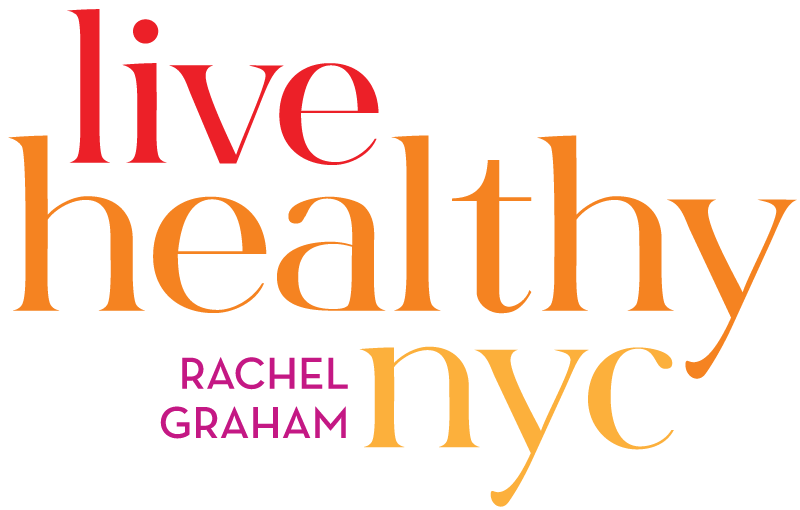I am a salad lover and especially in the summer, salads are mostly what I want to eat. They are cool and light and refreshing. My friends are always sending me pictures of the salads they are having (feel free to send me your pics of your salads too!). When building your own salad, the amazing thing is you can get as creative or as simple as you want.
But, be careful- not all salads are created equal. You have to be thoughtful about the ingredients that go into your salad and the dressing that you use.
Here are ways to make yourself a healthy hearty salad:
Start with greens- The darker or redder the lettuce, the better. Think romaine and leaf lettuces (vitamin C, folic acid, potassium). Leafy greens are great and you can jazz things up with spring mix, baby spinach and kale or arugula (beta-carotene, antioxidants). I would suggest staying clear of iceberg and other pale lettuces. Their high water content means fewer nutrients.
Add some crunch- Celery (vitamin A), cucumber (vitamin C), purple cabbage (vitamins A and C, iron), pea pods (vitamins A and C, iron), broccoli florets (vitamin C), alfalfa sprouts (antioxidants), sunflower seeds or chia seeds (fiber, protein), walnuts or almonds (fiber, protein, niacin), edamame (vitamin C, iron). I suggest to avoid croutons, tortilla strips, wonton strips and chow mein noodles. They’re high in fat and sodium, low in nutrients.
Add color- Red, orange, yellow or green peppers (vitamins C, B1, B2 and B6, folate), red onion (fiber, phytochemicals), pomegranate seeds (vitamins A, C and E, fiber, potassium, calcium, antioxidants), tomatoes (fiber, vitamins A, C and K, potassium, manganese), avocado slices (over 20 vitamins and minerals, heart-healthy fat), red, purple or yellow beets (folate). While I love corn and peas, be careful when adding as they are high in starch.
Add protein- Black beans, garbanzo beans or lentils (fiber), chicken or lean beef, salmon or water-packed tuna (omega-3 fatty acids), hard-boiled eggs, low-fat feta cheese, blue cheese, goat cheese, parmesan or mozzarella (calcium, vitamin D), tofu (heart-healthy fat, potassium). When using cheese, if it’s full-fat cheeses be aware these cheeses are high in saturated fat. Try pairing small amounts of your favorite cheese with other proteins.
Sweeten your salad- I love adding fruit. Apples or pear slices (vitamin C, flavonoids), strawberries, raspberries, blueberries or blackberries (vitamin C, fiber, flavonoids). Dried cranberries, blueberries, cherries, dates and raisins are higher in sugar than fresh fruit so use sparingly.
Add leftovers- If you made a potato last nite, slice it up today and add to your salad. Same goes for leftover veggies like brussel sprouts and asparagus.
Dress your salad smart- Lemon juice (vitamin C, folate), lime juice (vitamin C, potassium), red wine or balsamic vinegar, olive oil (heart-healthy fat). I would use more vinegar and citrus, and less oil. I would avoid high-calorie, high-fat ranch, thousand island, french dressing and caesar dressing.
If you don’t often eat salad, try starting with one or two a week. If that’s too much to start with, try experimenting with hearty bowls of grains, beans, egg, chicken or tuna, then add as many of the veggies mentioned above as you can. After you add salads into your diet regularly you’ll be surprised at how you’ll begin to feel good about what you’re eating.
For more information, feel free to contact me!

